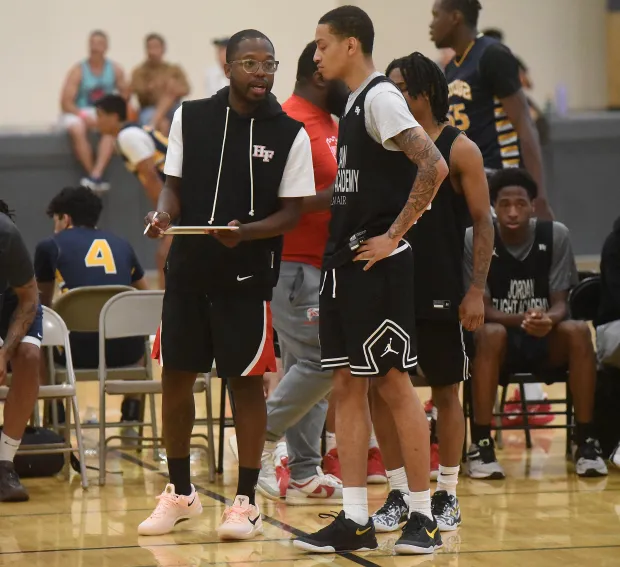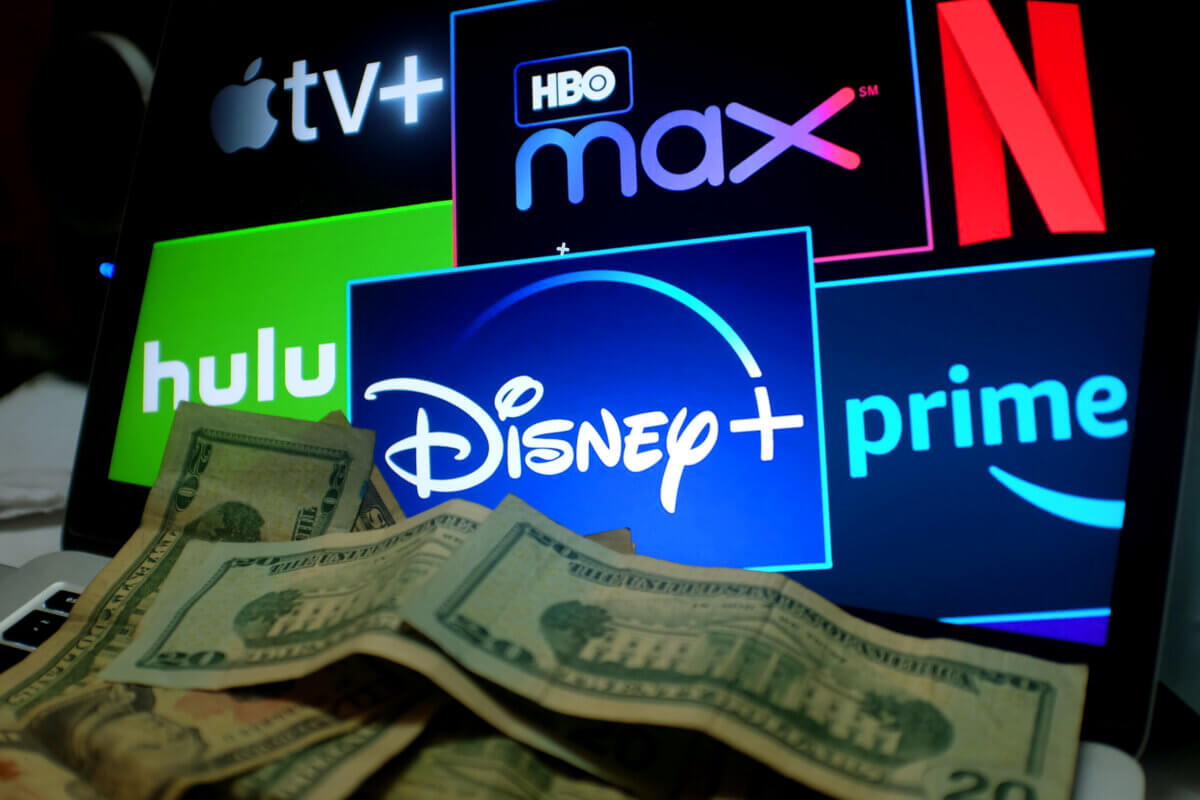Imagine being the heart and soul of a team—one of the best playmakers in the game, always creating scoring opportunities. Thanks to your exceptional performance, the organization invests significantly to keep you on the roster, yet you’re labeled as overpaid and face disrespect from the public.
This is what utility players go through with their teams. These players, like forward-center Draymond Green, are constantly overlooked and rarely get the respect they deserve. The multi-time All-Star for the Golden State Warriors has progressively lost respect for his Dennis Rodman-like grit and grind playstyle.
During the 2015-16 NBA season, which was considered his prime, Green consistently flirted with triple-doubles, averaging 14.0 points, 9.5 rebounds and 7.4 assists per game. He also made a significant defensive impact, adding 1.5 steals and 1.4 blocks per game.
In the 2016 playoffs, the NBA debuted hustle stats, finally giving players some credit for their unnoticed work. Hustle stats include screen assists, deflections, contested shots, charges drawn and loose balls recovered. However, these stats are rarely advertised to the public, making them largely unknown.
The only stat that somewhat accounts for hustle is plus/minus. Plus/minus shows how much the score favored the player’s team while each player was in the game. It can account for the players’ hustle to the extent that it shows how they can impact winning without always scoring points themselves, but also creating opportunities for their teammates to score.
On the surface, this may seem like a sufficient method of keeping track of players’ hustle, but many details of hustle are not included in plus/minus.
Plus/minus statistics can’t always be fully trusted, as more comprehensive data is needed for viewers to grasp the hustle players contribute to their teams. If the entire team underperforms, a player’s plus/minus rating may appear unfavorable, since one player can’t dictate the outcome of a game. Hustle stats address this issue but aren’t included in the main stat sheet. As a result, casual NBA fans may glance at the box score and see that players like Green recorded only single-digit stats while earning $25 million a year, leading them to view him as overpaid.
The problem with this argument is that they do not recognize and respect the true value of Green to his team. Green fits perfectly into the Warriors’ system and he plays his role to a tee. His style of play allows him to be effectively utilized even after his prime, which was in the 2017-18 season. After that, there was a noticeable drop in his stats for the Warriors, as he only averaged 7.4 points per game. While this is true, it doesn’t tell the whole story. It is hard to have four players average double digits in scoring and he had to play a different role in the system. With 6.9 assists per game, he would still create shots for his star teammates Stephen Curry, Kevin Durant and Klay Thompson, and show up on the glass, averaging 7.3 rebounds per game that year.
Moreover, even though he was out of his prime, he still charted a whopping 3.2 deflections, 1.1 loose balls recovered and a stellar 11.6 contested shots per game.
He also only averaged a mediocre 2.1 screen assists per game, which does show up on the stat sheet.
However, if you were to truly watch the Warriors’ games and somewhat understand their system, you would see how Green is a primary screener in many of their actions which result in made baskets.
Players like Green, who was charting up these stats outside his prime, never receive the respect they deserve. The media rarely mentions the hustle stats even though they are the most important stats for players who are the heart and soul of their teams.
So, for the casual fan who dies on a hill criticizing “overrated” players, hear me out. Not everything is evident from a stat sheet. To fully conceptualize a player’s value to a team, watch the games, and you may see why certain players are paid the way they are.








